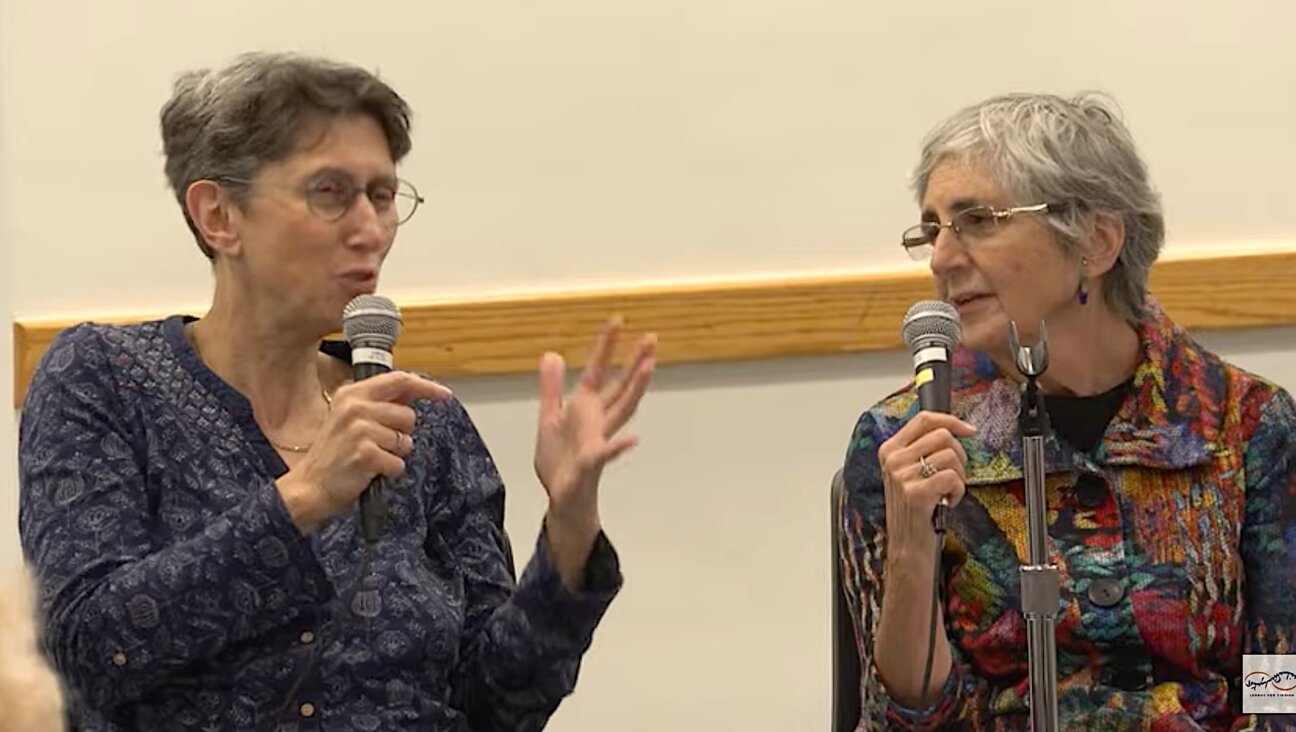This is the Forward’s coverage of the Yiddish language historically spoken by Ashkenazi Jews in Europe and still spoken by many Hasidic Jews today.
For more stories on Yiddishkeit, see Yiddish World, and for stories written in Yiddish,…
This is the Forward’s coverage of the Yiddish language historically spoken by Ashkenazi Jews in Europe and still spoken by many Hasidic Jews today.
For more stories on Yiddishkeit, see Yiddish World, and for stories written in Yiddish,…

In conjunction with its conference on “Jews and the Left” (see our story here), the YIVO Institute for Jewish Research has prepared an outstanding exhibition called “Shades of Red: Yiddish Left-Wing Press in America,” curated by Krysia Fisher and on view until September, 2012. Among the highlights of the exhibition is a series of arresting…
100 Years Ago in the Forward Twenty-five-year-old Brooklyn resident Rose Moscowitz shot and killed her husband, Morris Moscowitz, after he tried to force her to become a prostitute. Moscowitz was initially a packer at a cigar factory, and her wages weren’t enough for her husband. He told her that he wanted her to sell her…

My mother and I used to fight about translation. These were not genteel disagreements but passionate, intemperate shouting matches. She would say: “That’s not what I meant! You twisted my words. Why can’t you just translate what I wrote?” I would say: “Because it’s not English; you can’t say that in English!” Or, “It’s too…

Sheva Zucker’s late mother Miriam was still attending a women’s Yiddish reading group in Winnipeg until just a few months before she died last January at age 97. So, even before her mother passed away, Zucker knew what the best way would be to memorialize her. “My mother was never a shul-goer, and davening is…

A version of this post appeared in Yiddish. Over the last three years many Yiddish cultural organizations in New York have relocated to new homes. The Forverts and the Workmen’s Circle/Arbeter Ring sold their building on East 33rd Street in Manhattan and their tenants, including the League for Yiddish, the Folksbiene National Yiddish Theater, Yugntruf–Youth…

Since 2005, the New Worlds Theatre Project has been presenting classic Yiddish drama in English translation. This season they’re presenting a new English translation of H. Leivick’s 1921 play “Shmates,” here called “Welcome to America,” a naturalistic drama about the corrosive effects of American capitalism on a traditional Jewish immigrant family. In the notes to…

On May 15, Speakers’ Lab and the Forward will present a moderated town hall-style event called “Now What? The Future of New Jewish Culture” at the 14th Street Y in downtown New York City. In preparation for the event, each panelist was asked to respond to a question related to his or her work. The…
100 Years Ago in the Forward A Philadelphia sweatshop exploded into chaos as two sewing machine operators got into a vicious fight. As workers received their bundles of piecework in the morning at Dotkin’s shop on South Street, Louis Getor thought that Samuel Ravitz’s bundle was bigger than his, so he began complaining about it,…






שבֿע צוקער פֿירט דעם שמועס מיט וויווי לאַקס און ביידע לייענען פֿאָר עטלעכע פֿעליעטאָנען פֿון יענע צײַטן.


100% of profits support our journalism